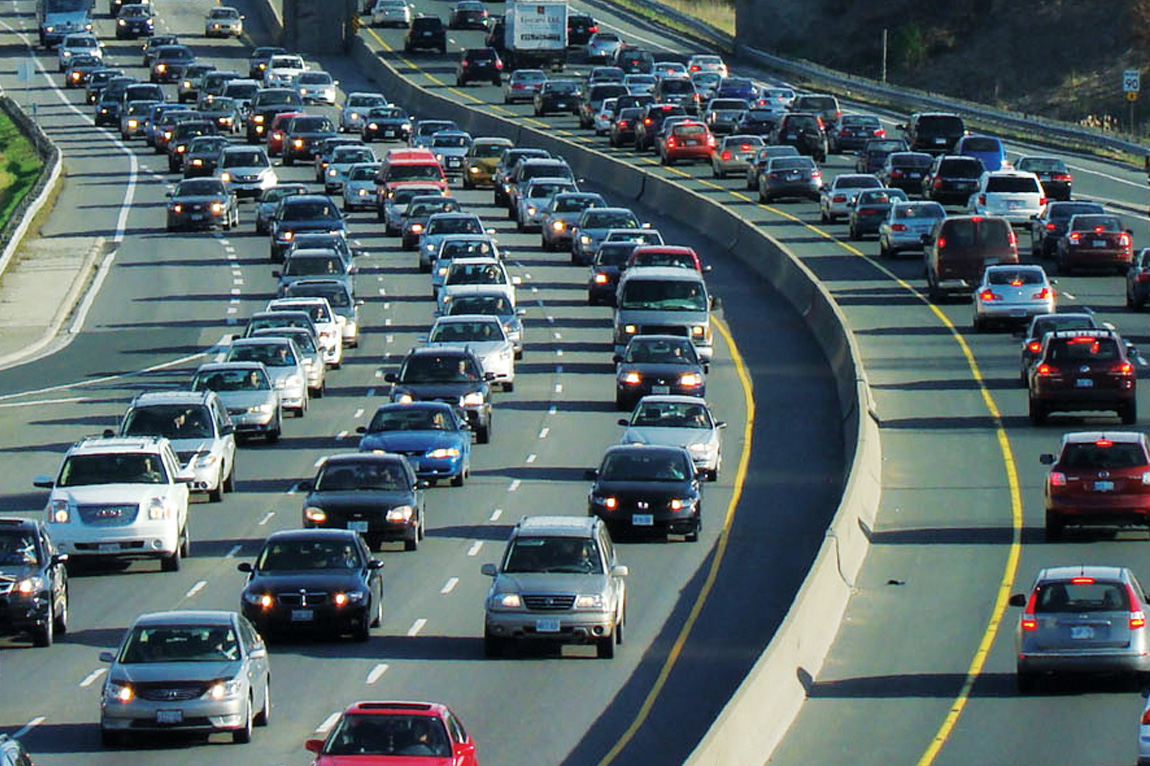Thinking digitally about traffic management

How can technology be leveraged to ease traffic congestion?
If there’s one thing I hate about commuting, it is the traffic. Commuters in any of our country’s major cities are bound to come up against tailback-causing accidents, out-of-order traffic lights, roadworks, slow-moving vehicles – the list goes on…
And so it was with interest that I recently read a piece by Teddy Daka, group CEO of digital solutions provider Ansys, about traffic management of the future entitled “Local solutions to local problems”.
“The Gauteng City Region Observatory says that population and population density around Tshwane and Johannesburg is growing faster than the rest of the country, and will soon be on par with the world’s most packed places,” he notes.
For the province’s 14 million citizens, that’s both an exciting and terrifying prospect.
“One thing everyone involved in traffic management knows, however, is that we have to get smarter. As our cities get bigger and our citizens more mobile, our roads will become more congested and gridlocked unless we can find better solutions for everything from parking to car sharing to public transport.”
Indeed, this is true. While the local governments of Johannesburg and Tshwane have in recent years tried to improve and expand their respective metro and rapid-transport bus services, they still remain sadly underwhelming in their ability to present a real alternative to the masses and increasing numbers of private transport users.
Yes, we have the Gautrain, but this system would have to be dramatically expanded and more accessible to the masses to be a serious solution.
Daka suggests a different approach, which will capitalise on in-car telematics and two-way machine-to-machine (M2M) communications for vehicles on our highways and byways.
“Such technology can provide traffic managers with real-time data and analytics to optimise the transport network at macro and micro levels. Predicting congestion and instant accident detection is one part, but so is the ability for commuters to get up-to-the-minute recommendations on routes and the most efficient mode of transport,” he suggests.
While this could benefit the commuters as they try to avoid the next dreaded bumper bashing or out of order traffic light, the positive spinoffs for logistics professionals and public transport operators could go right down to the bottom line.
Daka adds that, while M2M communications are a pre-requisite for future transport models such as autonomous vehicles, Ansys is working with international vendors as well as municipal and national enforcement and roads authorities to understand the kinds of solutions that are possible today.
The developments thus far have led to a plug-in, in-car device that can be used for fleet management, customer safety, accident alerts, driver behaviour monitoring, or law enforcement.
The next step is to integrate the same kind of location-aware devices into a smart city network that will give city authorities the grid-wide ability to dynamically change routes and speed limits according to traffic conditions.
“There are many other things that are possible – including the ability to place impounded vehicles under ‘house arrest’ or automating fines, for example – but there is still a lot to be learned and understood. Can we balance smart traffic solutions with the drivers’ right to privacy, for example, and is the security of the underlying platform strong enough?” Daka questions.
As we move towards an even more connected and congested future, solutions such as these will rise in importance and acceptability. Of course, in South Africa there is a lot that we need to get right first … but if it’ll ease traffic, I’ll be all for it.
Published by
Focus on Transport
focusmagsa




